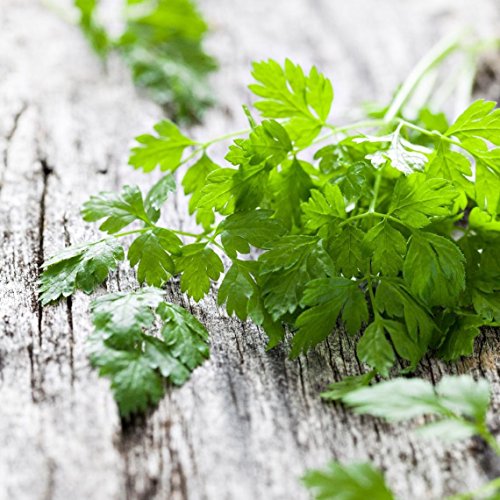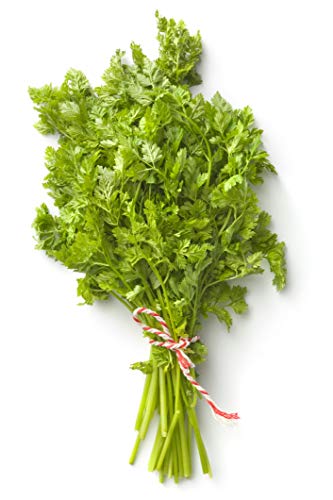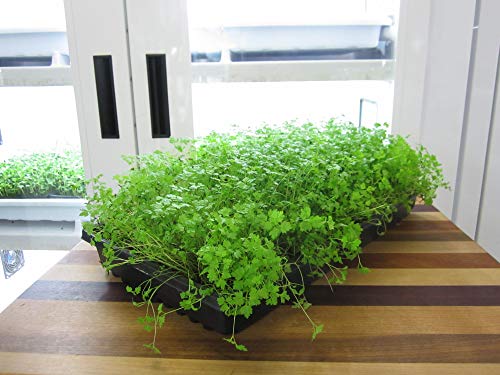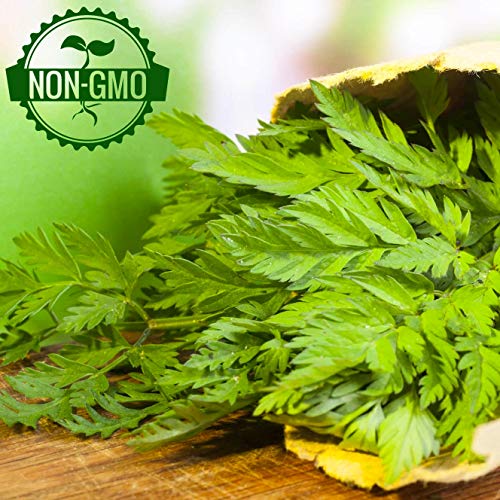Chervil Seeds - Anthriscus cerefolium
- Regular price
- $5.99
- Unit price
- per
-
Anthriscus cerefolium - Non-GMO, Open-Pollinated, Heirloom, Untreated
-
Delicate Gourmet Flavor: A classic French herb with a subtle, refined taste reminiscent of parsley with a hint of anise or licorice, perfect for adding a touch of elegance to dishes.
-
Essential for "Fines Herbes": One of the four traditional herbs in the French "fines herbes" blend, indispensable for classic sauces, egg dishes, salads, and soups.
-
Cool-Season Performer: Thrives in the cooler temperatures of spring and fall, making it one of the first herbs you can harvest from the garden and one of the last.
-
Fast & Easy to Grow: Matures quickly, often ready for its first harvest in just a few weeks from sowing, making it ideal for succession planting.
-
Lacy, Attractive Foliage: Features beautiful, fern-like, bright green leaves that add lovely texture and form to herb gardens, containers, and kitchen window boxes.
-
Loves Shady Spots: Unlike many herbs, Chervil prefers partial shade, making it a perfect choice for those less sunny areas of your garden.
-
Use Fresh for Best Flavor: The delicate flavor is best when leaves are used fresh, snipped right before use; it does not retain its flavor well when dried.
USDA Hardiness Zones
USDA Hardiness Zones
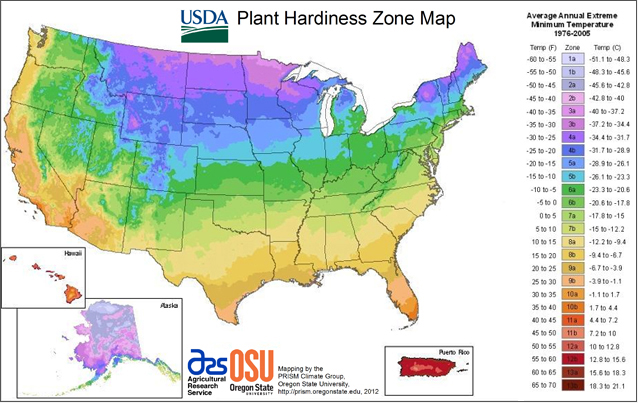
Planting Tips
Planting Tips

